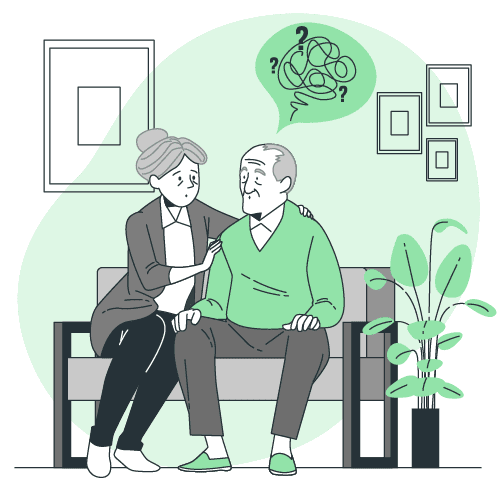
Understanding Delirium in the Elderly: Challenges, Factors, and Solutions
Table Of Contents
- 1 Section 1: The Complexity of Delirium
- 2 Section 2: Types of Delirium and Clinical Characteristics
- 3 Section 3: Predisposing and Precipitating Factors
- 4 Section 4: The Challenge of Diagnosis
- 5 Section 5: Sundowning Syndrome: Linking to Prolonged Delirium Episodes
- 6 Section 6: Role of the Geriatrician and Treatment
- 7 Section 7: Challenges and Hopes in Prevention
- 8 Section 8: Conclusion and Reflections
13
13 thoughts on “Understanding Delirium in the Elderly: Challenges, Factors, and Solutions”
Leave a Reply
You must be logged in to post a comment.


Thank you for being of assistance to me. I really loved this article.
Your articles are very helpful to me. May I request more information?
Good web site! I truly love how it is easy on my eyes and the data are well written. I am wondering how I could be notified whenever a new post has been made. I’ve subscribed to your RSS which must do the trick! Have a nice day!
Thank you for writing this article. I appreciate the subject too.
I’m so in love with this. You did a great job!!
I’m glad you loved it!
You helped me a lot with this post. I love the subject and I hope you continue to write excellent articles like this.
I’m thrilled to hear that the post was helpful for you! Your kind words motivate us to keep creating valuable content. If you have any specific topics you’d like us to cover in the future, feel free to share your suggestions. Thank you for your support, and stay tuned for more excellent articles!
The articles you write help me a lot and I like the topic
May I request more information on the subject? All of your articles are extremely useful to me. Thank you!
Thanks for your kind words! If you have specific questions or need more information on a particular topic, feel free to ask. We’re here to help!
You helped me a lot with this post. I love the subject and I hope you continue to write excellent articles like this.
Hello! Thank you so much for your kind comment. I’m glad to hear that you found the article helpful and that you love the subject. I’ll definitely continue to write more excellent articles like this. If you have any suggestions or specific topics you’d like me to cover in future posts, I’d be more than happy to consider them! Thanks again for your support, and I hope you continue to enjoy my content!